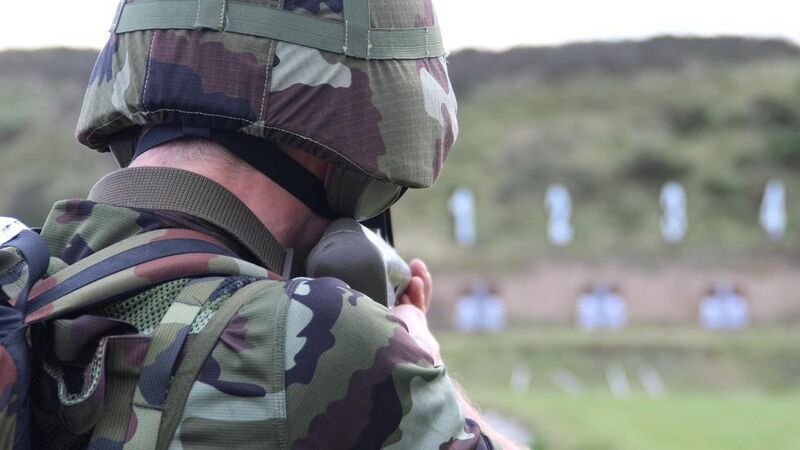Defence Forces ramps up covert surveillance of threats to State

In the last three years, the Defence Forces has been the biggest user of covert surveillance, which involves the placement and monitoring of visual and audio bugging devices of people, places or things. File picture
The Defence Forces is playing a greater role in the covert surveillance of those suspected of posing a threat to the security of the State.
An oversight judge said the role of the Defence Forces in protecting the State from attack is “not appreciated”.
Mr Justice Michael Twomey, who is the 'designated judge' for the Criminal Justice (Surveillance) Act 2009, said the Army is thwarting attacks “in all its modern technological forms”.
Though he does not expand, this could refer to cyber and so-called hybrid attacks, including by hostile states, on critical State infrastructure and democratic institutions. It may also refer to espionage and far-right threats.
The sharp rise in recent years in covert bugging by the Defence Forces contrasts with An Garda Síochána, where surveillance operations have fallen, although they increased last year.
In the last three years, the Defence Forces has been the biggest user of covert surveillance, which involves the placement and monitoring of visual and audio bugging devices of people, places or things.
Covert bugging devices, as well as tracking devices, are used by Gardaí and Revenue against organised crime and by Gardaí and the Defence Forces in operations to protect the security of the State.
In his annual review of the 2009 act, Justice Twomey said that between August 1, 2021 and July 31, 2022:
- 42 bugging operations were approved by the courts, compared to 28 between August 2020 and July 2021;
- 26 such applications by the Defence Forces were approved by the courts in the last year – with a further one emergency bugging operation authorised internally;
- This compares to 24 approvals to the Defence Forces in the 2020-2021 period (and one emergency) and 24 in the previous year (plus three emergency cases);
- Bugging operations by the Defence Forces have increased significantly, from one in 2015-2016, nine cases the following year and 11 in 2017-2018;
- There were 16 bugging applications by the Gardaí in the 2021-2022 period, just four applications in 2020-2021 and 13 the year before.
The report indicates these low numbers are largely due to the restrictions on the movements of people during the Covid pandemic.
They compare to a high of 53 Garda bugging operations in the 2016-2017 period, which was during the height of the Kinahan-Hutch feud, and 46 operations in 2017-2018.
Use of tracking devices – to monitor the movement of vehicles, people or things - by Gardaí also fell during the pandemic years, from 99 in the 2019-2020 period, dropping to 81 the following year and 57 last year.
Revenue’s use of tracking devices has fluctuated, from 30 in 2018-2019, to 13 the following year, to 30 in 2020-2021 and down to 16 in the last year.
Revenue sought two bugging applications last year, compared to zero the year before.
Commenting on the work of the Defence Forces, Mr Justice Twomey said: “It is not appreciated, because of its covert nature, the extensive and important role which the Army plays in protecting the State against attack, in all its modern technological forms.”
A report by a separate 'designated judge', Mr Justice Charles Meehan, published last July, said Russia's invasion of Ukraine had "considerably increased the level of danger and threat to the security of the State".









